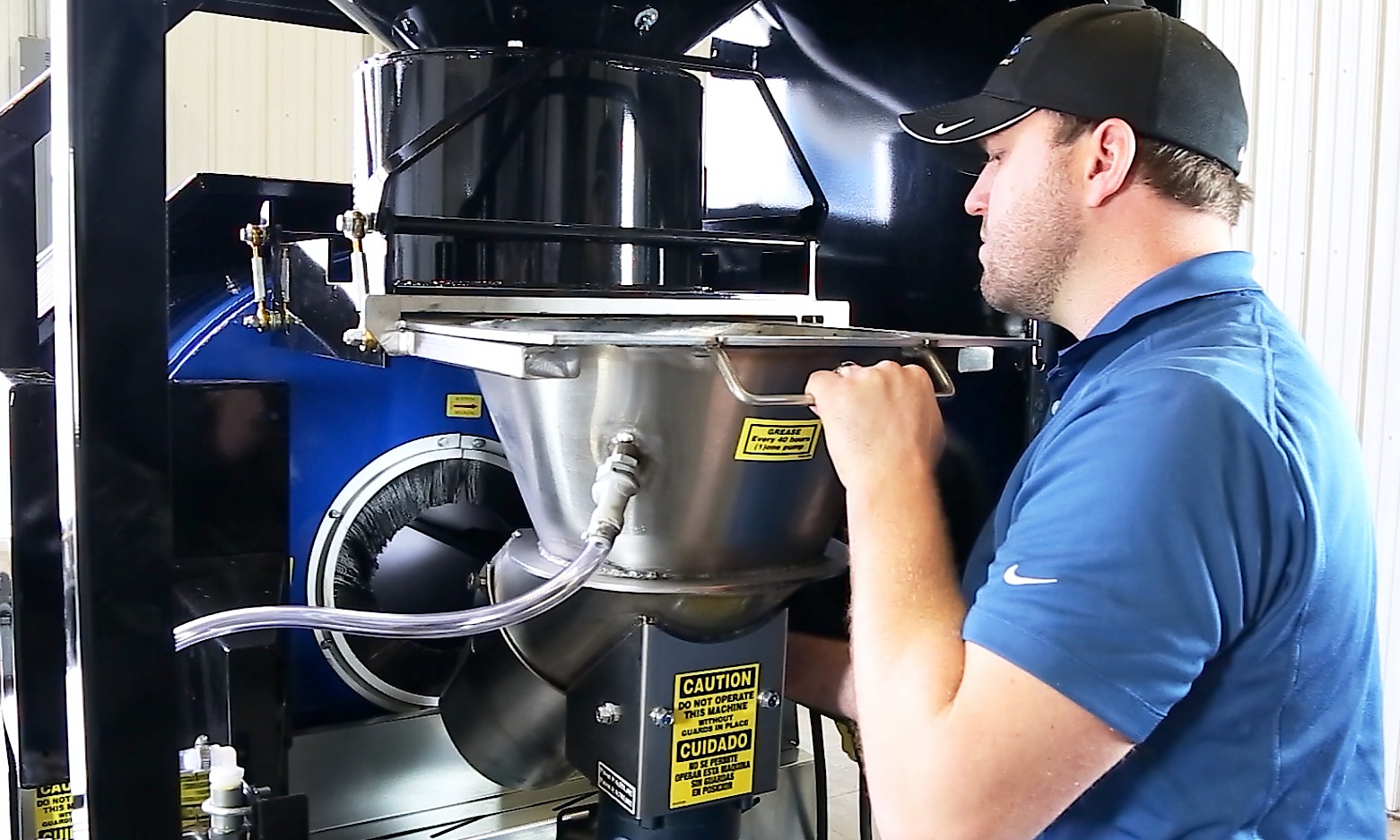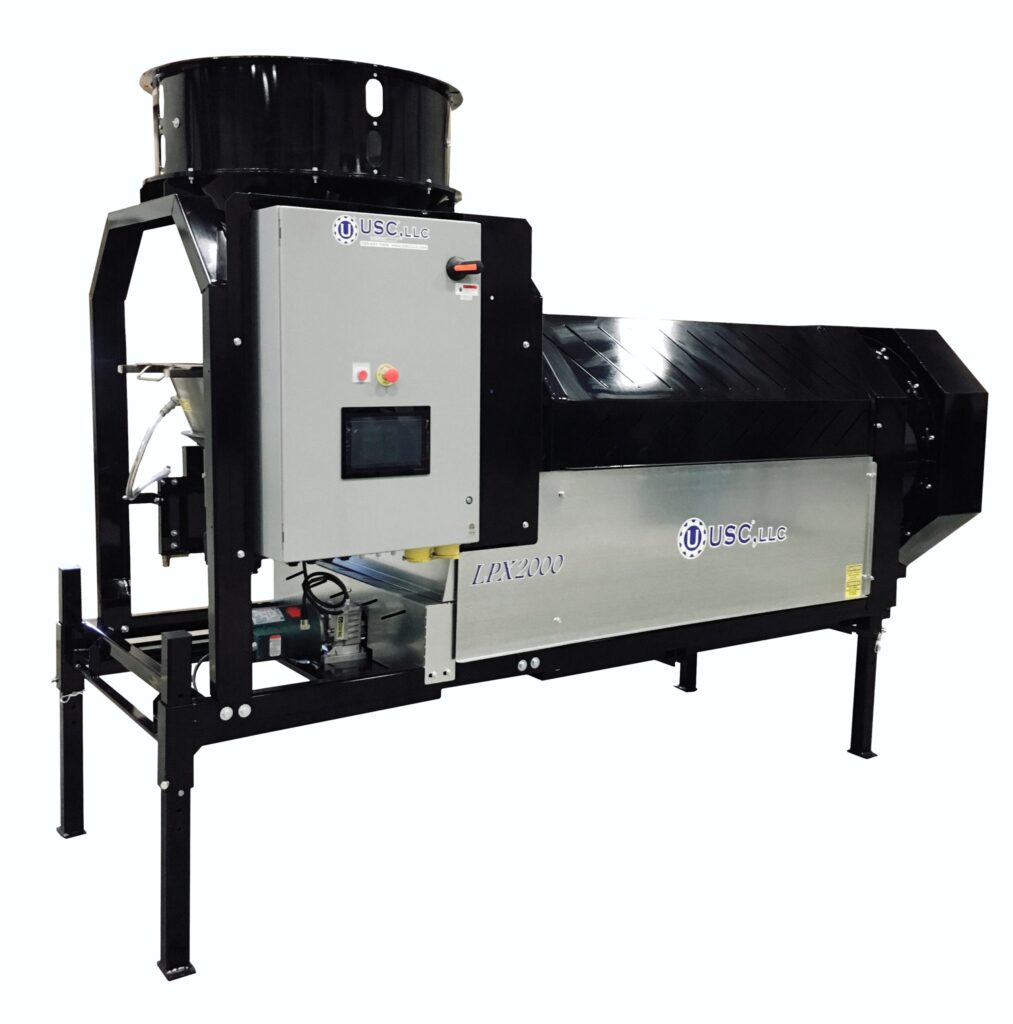Extend The Life of Your Treating Equipment with USC’s Preventative Maintenance And End-Of-Season To-Do’s
It’s time to perform end-of-season maintenance on your treating equipment and USC is proud to be the industry’s go-to resource. Over the company’s 20-plus year history, the industry has relied on USC’s professional expertise to outline a variety of best practices, including critical post-season, wrap-up treater to-dos. As they say at the end of each treating season: “Next year’s season begins today!”
These important tasks prolong the life of your treating equipment, provide the most return on your investment, and will provide an even better, more efficient overall treating operation.
1. Seed Treater
- Remove and clean all seed and build-up in seed wheel.
- Remove and clean all treatment build-up from atomizer and atomizing chamber.
- Use solution of simple green, water and pea gravel to clean treater drum and remove any build-up.
- Be mindful of electrical motors and parts if planning to power wash seed treater.
- Check drum rollers and bearing for general wear.
- Flush and clean chemical tree.
2. Pump Stands
- Flush all lines with simple green solution.
- Ensure pump head lock lever is released.
- Fill flow meter line with anti-freeze to keep existing water in flow meter from freezing.
- Inspect and replace MasterFlex pump hoses if needed.
- Clean pump stand filter and filter housing.
- Scrub mix tanks to prevent future potential pump obstructions.
- Flush process lines running to the treater.
3. Automation and Panels
- Download all reports, then delete reports and event and alarm log after download has completed.
- Ensure all breakers are off, and panels are powered down.
- Unplug scale heads, printers and main control panels.
4. Seed Conveyors
- Inspect belt for normal wear or cracking.
- Release belt tension.
- Clean-out tail section.
- Grease all bearings.
- Inspect outlet conveyor brushes and head sections for potential build-up.
- If storing conveyors outdoors, cover inlet hopper.
5. Bins and Hoppers
- Ensure all seed bins are empty.
- Inspect seed ladder inside seed bins for any foreign materials.
- Ensure manual gates on bins are closed and remove pressure from air gates.
- Discharge any condensation build-up in air regulator.
- Ensure manual hoppers are empty.











